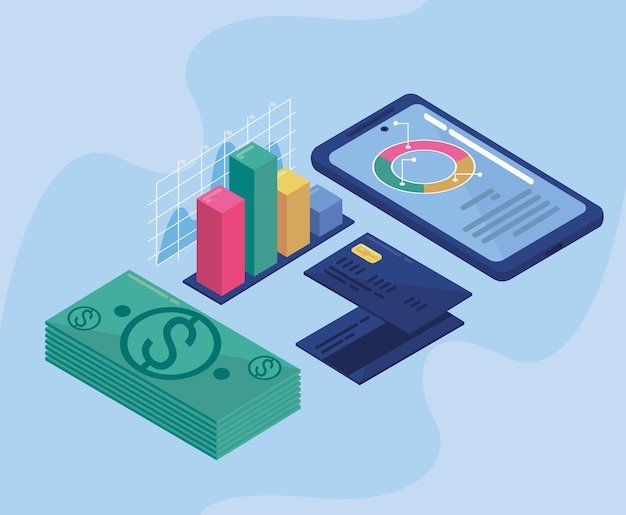
Establishing financial goals often begins with the recommendation to create a budget. This seems like a reasonable starting point, yet budgets can sometimes prove ineffective due to various factors. A critical misstep is viewing budgeting as the first step towards financial order – it’s not.
Recently, I introduced a new 3-month financial coaching service, specially designed to guide people in effectively managing their finances. I aimed to assist individuals in the early stages of financial recovery who seek help with debt repayment, budget creation, savings, and such alike.
During my first engagement, our entire first month centered on tracking the client’s spending, not discussing the budget. This unconventional approach opened the client’s eyes to her spending habits and the necessity to understand her spending in depth.
Why tracking your spending should be your first step?
Beginning your financial journey can be daunting, but everyone has to hit the road eventually. A budget can undoubtedly control your spending; however, it needs to be realistic and shouldn’t confine you unnecessarily. Starting by monitoring your spending provides a comprehensive understanding of your funds distribution, including any concealed expenses that might drain your available income.
For instance, during client consultations, I discovered that one client was oblivious to her and her boyfriend’s high cable and dining out expenses. Another was unknowingly spending excessively on monthly bank charges and needed to review his grocery expenses. Tracking spending habits is like reflecting your financial behaviour.
Are you prepared to start tracking your spending? Here are some methods that can assist you.
Old School: Pen and Paper or Spreadsheet
If you admire the traditional approach, you can manually record all your transactions, retain your receipts, or log information into a computer spreadsheet.
Begin with documenting fixed expenses such as rent, mortgage, insurance, phone bills, internet service, etc. Next, track variable expenses like gas, clothing, groceries, using receipts and online bank statements. To facilitate this, consider carrying a pen and notepad. The key lies in understanding the destination of every penny, which ultimately reveals areas for improvement.
Apps for Tracking Expenses
If you prefer a modern way of tracking expenses, consider downloading a budgeting app. Mint.com is a renowned example. It integrates all your accounts, showcasing your spending, debt owed, and savings in one place. The app also helps categorize your expenses, highlighting potential overspent areas.
Yet, Mint requires regular verification to ensure accurate expense categorization. Create new categories as needed.
Advanced Tracking: Budgeting Software
For a more comprehensive tracking, consider investing in budgeting software. YNAB (You Need A Budget) is a popular choice. Besides tracking, it aids in achieving financial goals such as debt repayment, escaping paycheck dependency, and identifying overlooked funds.
Embarking on the right financial path begins with the crucial step of tracking expenses. It’s eye-opening and paves the way to financial success.
How do you track your finances and which methodology do you prefer?
Smartasset.com


